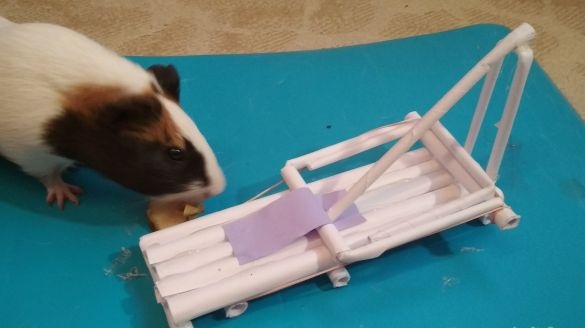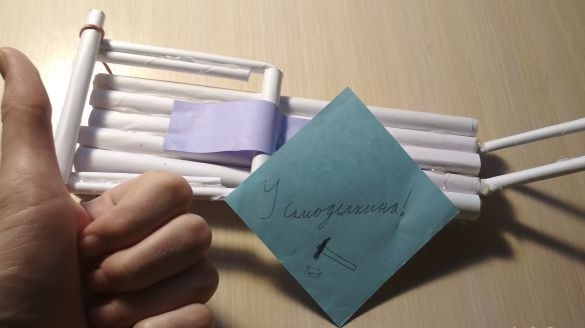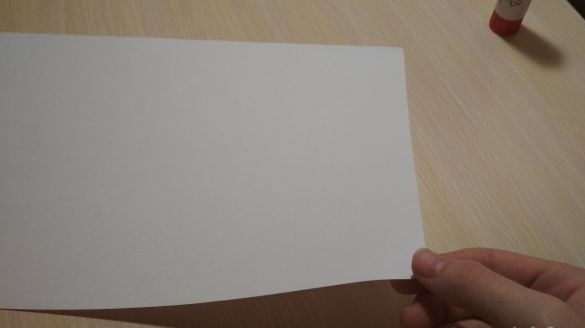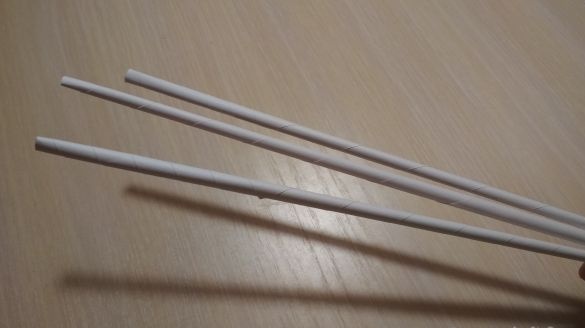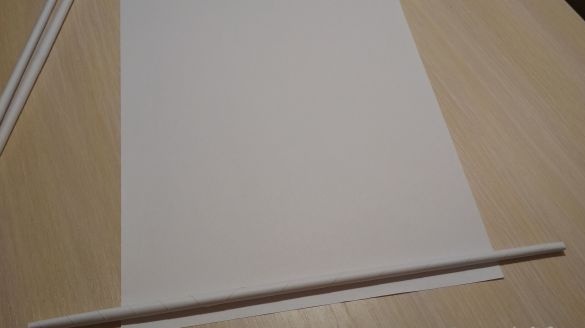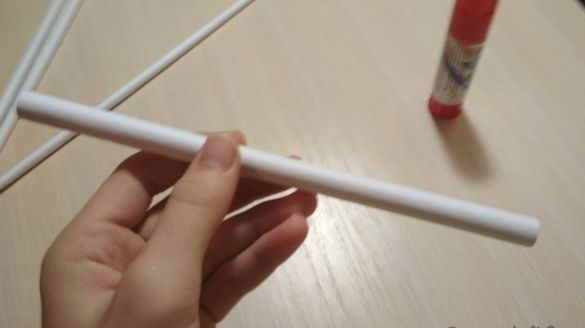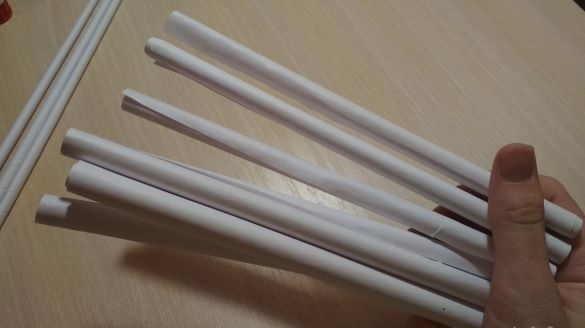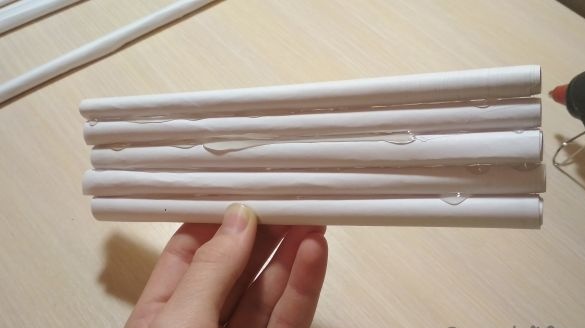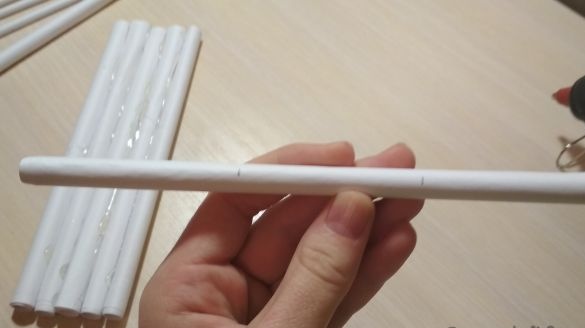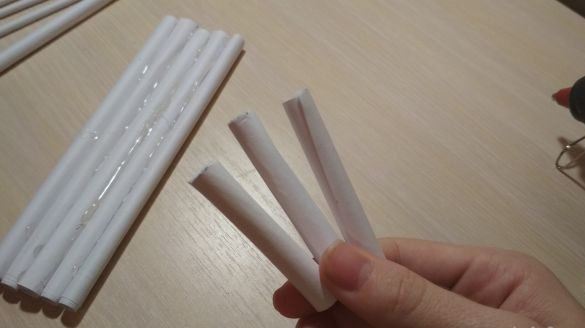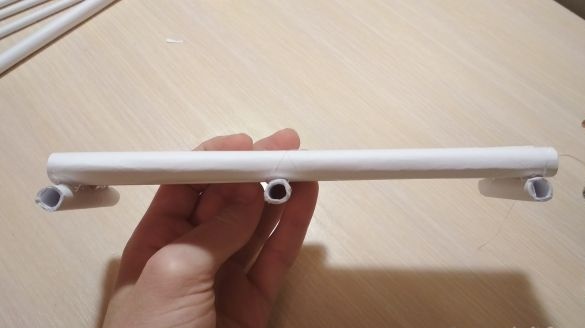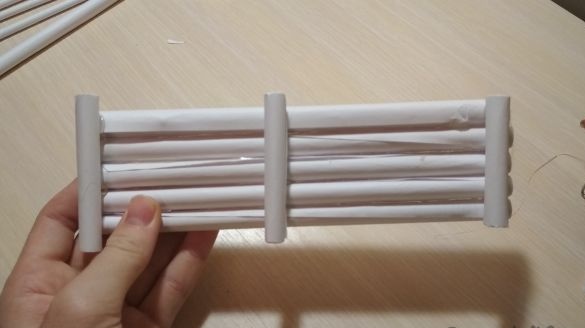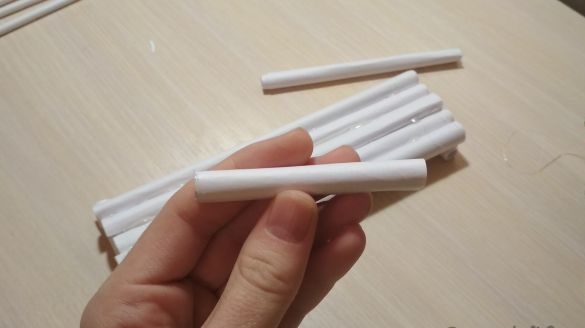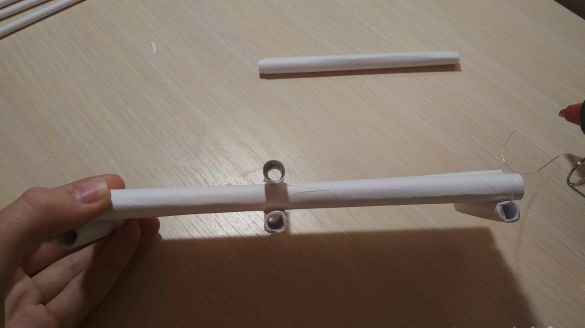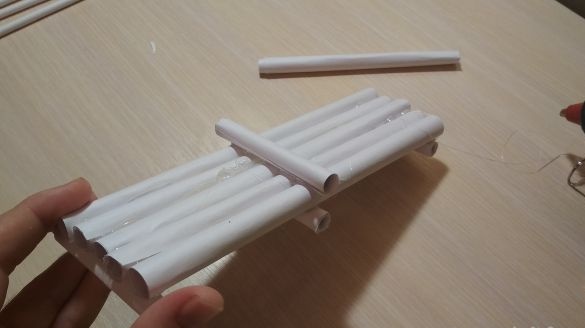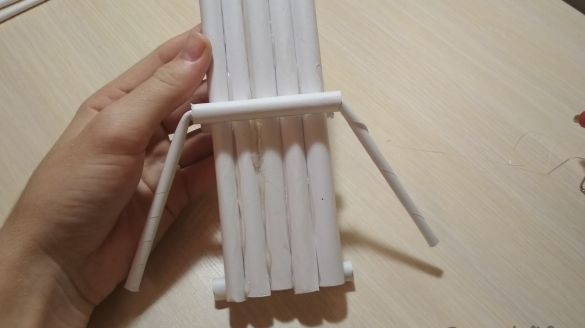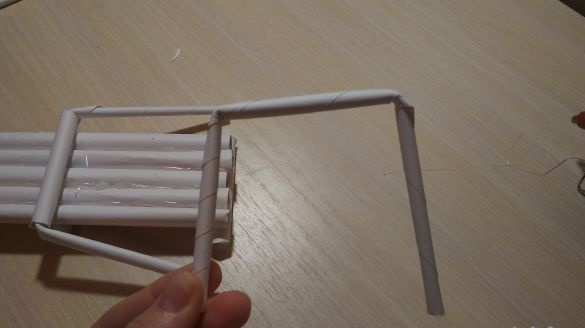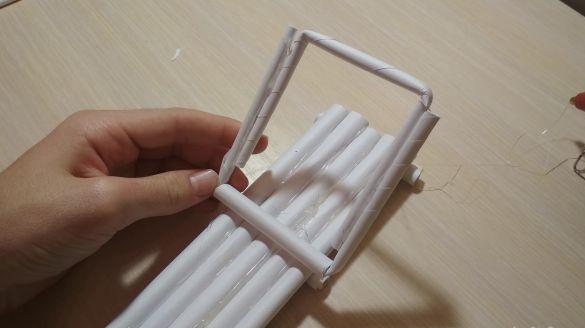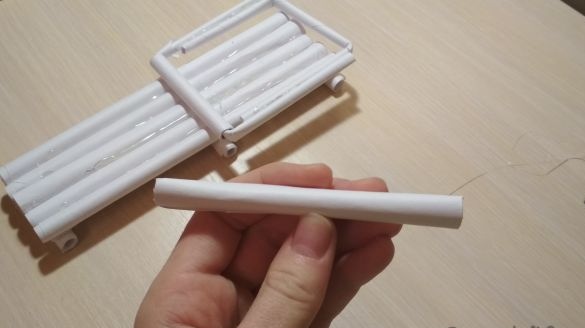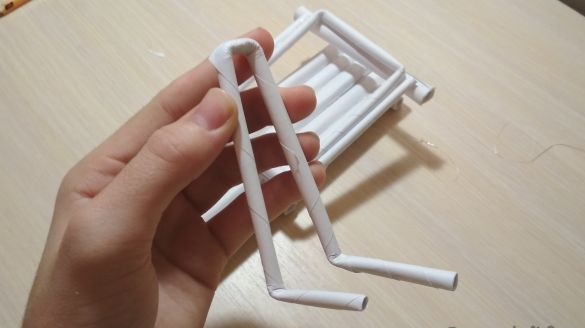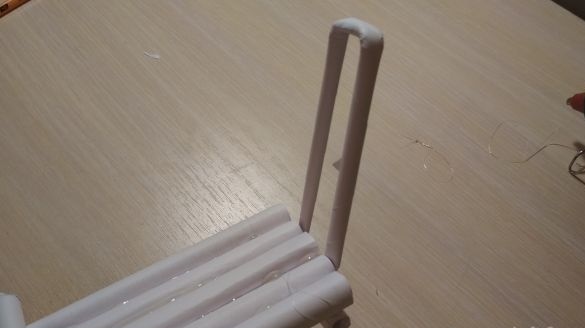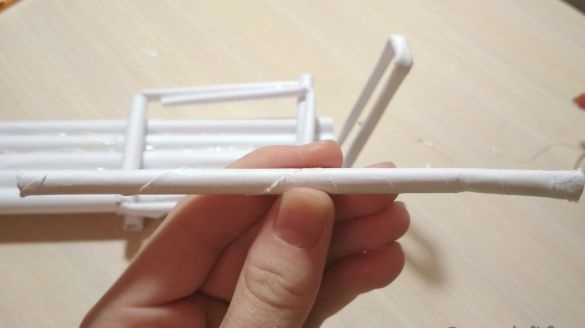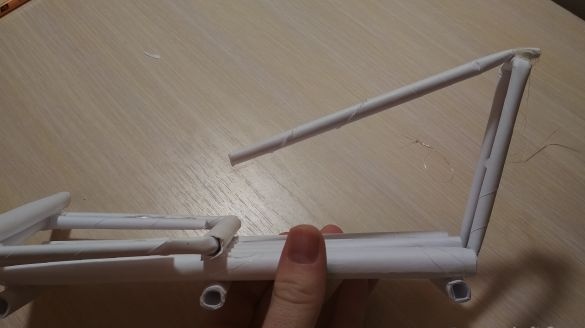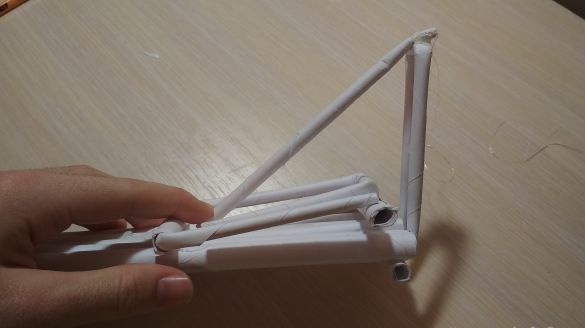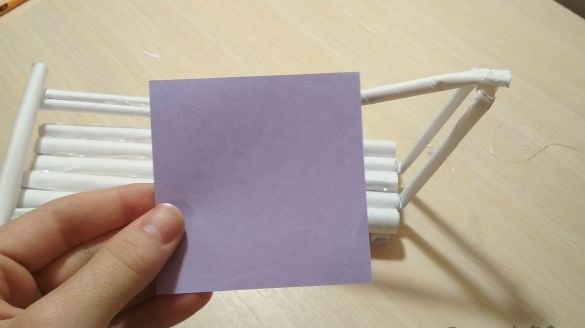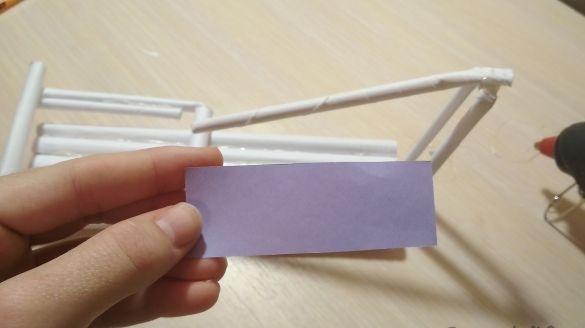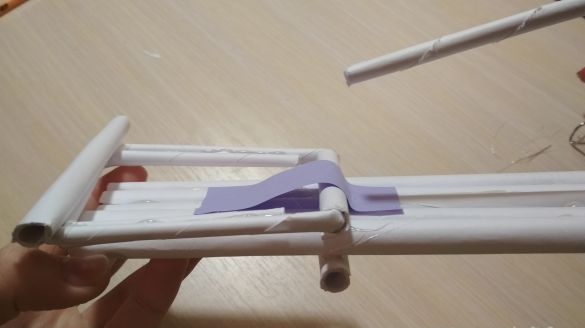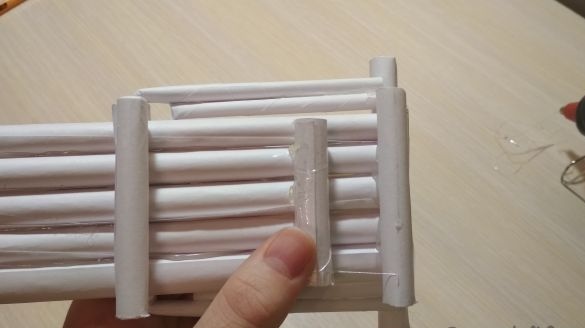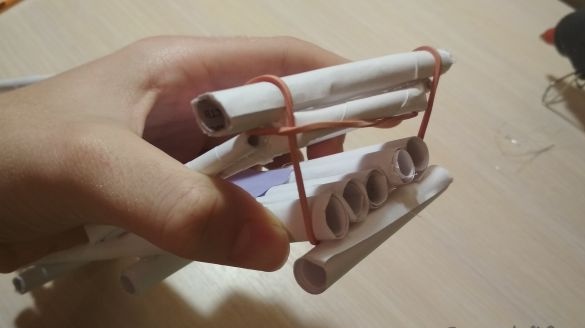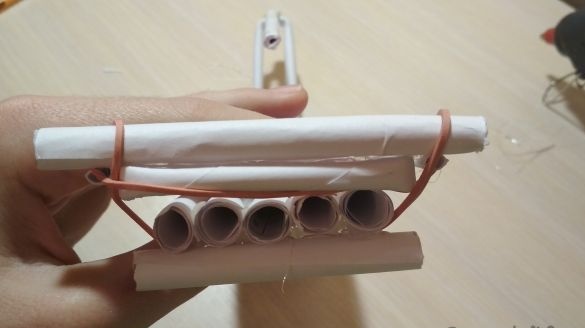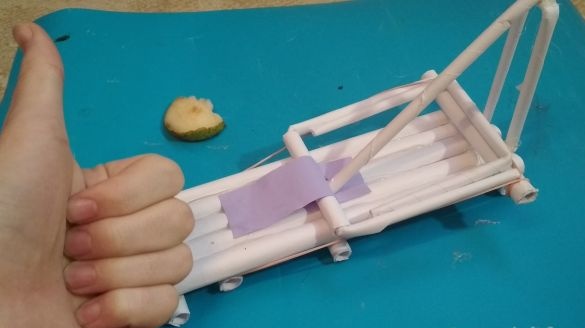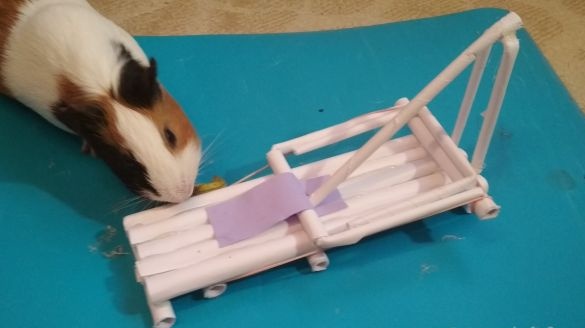Good day to all! In today's article I would like to share with you a rather interesting idea homemade. I think many people know that now it has become very popular to do various things from cardboard and paper, some craftsmen even make working safes with a combination lock, real slot machines, cars in real size, etc. I decided to do something not very complicated so far but something that could come in handy. Therefore, in today's article we will make a simple mousetrap out of paper. Such a mousetrap is safe for both humans and animals.
And so, let's begin, for a simple paper mousetrap, we need:
-10 sheets of A4 paper
-one small note sheet
office gum
-Carton (if desired, I did without it)
- some kind of unnecessary kapron stocking (I also did without it, just the idea of using it came to me when I finished the article)
From the tools we need:
-scissors
hotmelt
First of all, you need to roll a thin tube of paper, for this we take a sheet and begin to split the end, then roll the tube completely as thin as possible, glue the end, it should turn out as shown in the photo. In total, you need to make 3 thin tubes, after which you need to cut them 3-4 cm on each side, since they are thin:
We take another sheet of paper, put a thin tube on it and start wrapping the sheet around it, thereby making a thick tube. In total, we need 8 of these tubes:
Getting to the assembly.
Glue 5 thick tubes together as shown in the photo, forming the base of our design:
Then we take another thick tube and mark on it 3 pieces, two 5-6 cm each, and the remaining 7-8 cm.
Cut out what we got:
We glue to our base as shown in the photo (the length of the duct that we made longer must be glued to the edge):
From another thick tube, cut a piece of 8 cm long:
Glue it to the base in the center, as shown in the photo:
Then we take a thin tube, insert it into the segment that we just glued, align it in the center and bend it as shown in the photo, after which we cut off all the excess that goes beyond our base:
Now we take another thin tube and bend it in the same way as we bent the previous tube:
We glue as follows (it is important that this whole structure can move freely):
From the remaining section of the thick tube, cut a piece 9-10 cm long, and glue it to the end of our moving part of the structure:
Then we take the last thin tube and bend it as shown in the photo:
Then we insert and glue it, from the opposite (to the extreme length of the tube) part of our base, in general, as shown in the photo:
We take the remaining piece of a thin tube and glue it to our previous workpiece, like this:
Now take a piece of paper for notes and cut a rectangle from it 2-3 cm wide and 7-10 cm long:
Glue it with hot glue as follows:
We take a piece of a thick tube 2-4 cm long and glue it next to the extreme long thick tube on our base:
Then we take a clerical gum and wrap it around our moving from part and around the base, more details on how to do this are in the video at the end of the article, if something is not clear then see.
Now we take the stocking and put it on the moving part, so that it turns out something like a net. This step is not necessary, but with it a mousetrap is much more effective and can catch without harming even small mice.
That's it! Our simple paper mousetrap is ready and it remains only to test, for this we move the moving part back all the way (the elastic should stretch), cover with a thin tube from the top and fix the same tube on the purple rectangle in the center of the base, after which we take some object from 5 -10 grams and throw on another part of the purple rectangle. After this operation, the trap will slam shut. In principle, it works just like an ordinary mousetrap, so no problems should arise with its use.
Here's who is interested in the video on assembly and testing:
Well, thank you all for your attention!
(when creating this mousetrap, not a single guinea pig was harmed)


